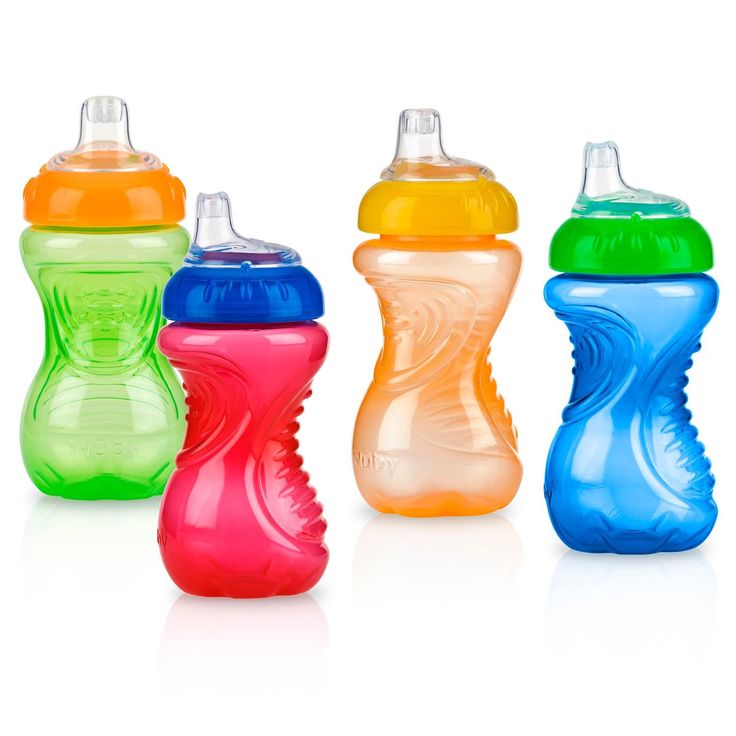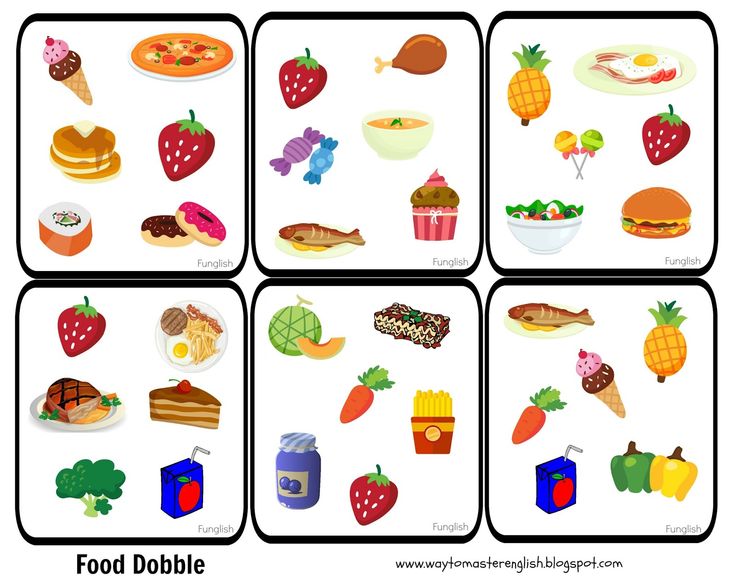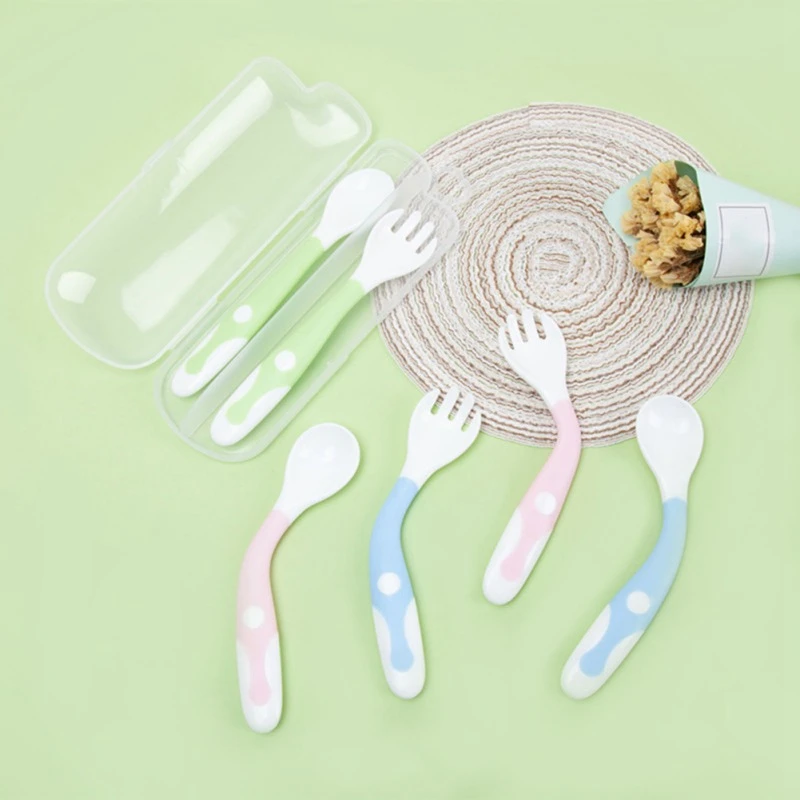Puree asparagus baby food
Favorite Asparagus Baby Food
byAmy Palanjian
Posted
Jump to RecipeThis post may contain affiliate links. If you shop from one of our links, we may earn a commission.
Learn the easiest way to make yummy Asparagus Baby Food, whether you’re looking for a puree or a baby-led weaning option. I’ll share a 15-minute method for both, with flavor variations, storage tips, and the best info on how to shop for asparagus.
Asparagus Baby Food
Every spring, my craving for fresh asparagus strikes. And since you can usually find both fresh and frozen asparagus available all year long, you can make this baby food recipe whenever you’d like. The cooking method I’m going to share here is similar to the way I prepare Zucchini Baby Food, where we’ll sautee the vegetable in olive oil, then serve it up for self-feeding or puree for baby.
You can also try this method with roasted asparagus if you prefer. Both are easy and delicious. And the leftover puree can always be used as a pasta sauce if needed. (It’s seriously fresh!)
Baby-Led Weaning Asparagus
Asparagus is a great option for BLW since it’s already the right shape for a baby to easily hold and feed themselves. We’ll just prepare it to ensure that it’s soft and easy for baby to gum and eat.
I love this because baby gets to eat the same delicious asparagus side dish as us without needing to make any modifications. (Just set some aside for baby before adding salt.)
Asparagus Puree
To make the puree option, we’ll cook the asparagus until soft, then blend it with a little no-added-salt chicken (or vegetable) broth. There are options to add flavor, nutrients, and texture with potatoes, fully cooked rice or quinoa, or avocado as you like.
The additions can turn it into a Baby Food Combination or simply help the vegetable puree be a little more filling for baby.
Ingredients You Need
Here’s a look at what you need to make this baby food recipe.
- Asparagus: You can use any thickness of asparagus, so find ones that look fresh, have tips that are tight (as opposed to starting to flower, which can be a sign that they’re about to bolt and may be bitter). You can also use frozen asparagus if you prefer.
- Olive oil: I use extra virgin olive oil to add healthy fats and flavor to this vegetable recipe.
- Optional: You will have the option in the puree to add potatoes, fully cooked rice or quinoa, or avocado to turn this into a baby food combination with additional nutrients and texture.
Step-by-Step Instructions
Here’s how to make this asparagus recipe so you know what to expect. Scroll down to the end of the post for the full recipe.
- Break off the bottom inch or so of the asparagus stalk. (It will naturally break where it starts to be less tender.) Break stalks in half or thirds to make pieces about 3 inches long.
- Add olive oil to a pan over medium heat. When warm, add the asparagus.
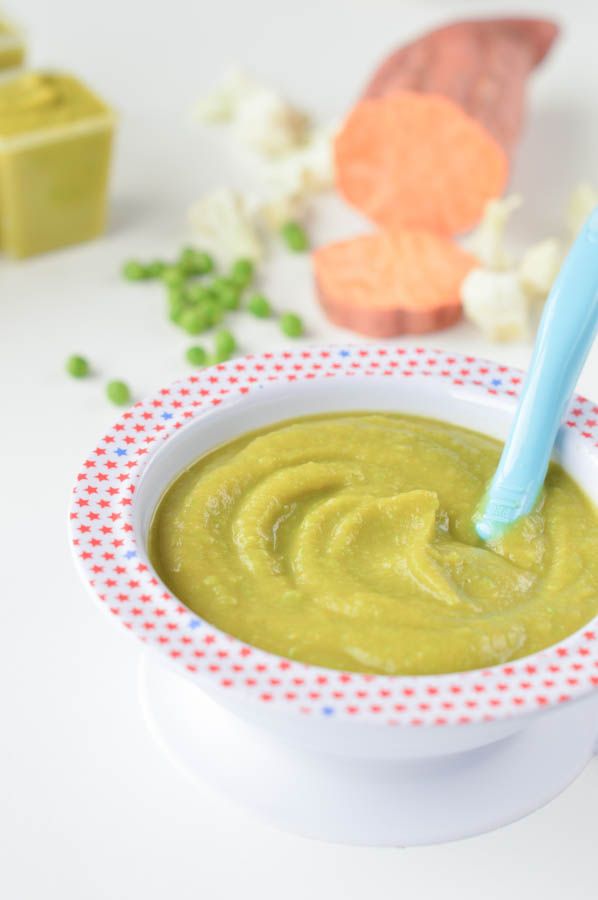 Toss to coat. Cover and cook for 6-8 minutes, or until the asparagus is tender when poked with a fork.
Toss to coat. Cover and cook for 6-8 minutes, or until the asparagus is tender when poked with a fork. - Let cool slightly and serve baby-led weaning style. Or, transfer to a blender with chicken or vegetable stock and any of the optional add-ins, if using, and blend smooth to make a puree.
Frequently Asked Questions
Is asparagus good for baby food?
Asparagus can be a great source of nutrients, including fiber, folate and vitamins A, C and K. It’s also a delicious seasonal food to share in the spring if you can find some locally available. (The one downside is that you may have some strongly scented diapers.)
Can I give my baby pureed asparagus?
Yes, baby can have pureed asparagus soon after starting solids, which is typically around 6 months.
How do you serve asparagus for babies?
You can either cook the stalks until tender and serve baby-led weaning style, where baby feeds himself, or you can blend the soft asparagus into a puree.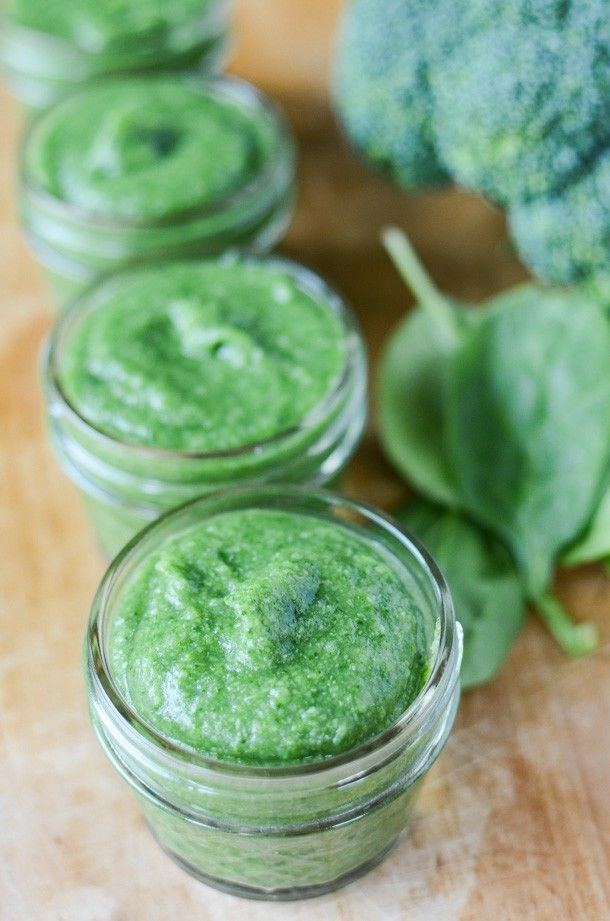 Both are easy options for a baby.
Both are easy options for a baby.
How to Store
Store the cooked spears or prepared puree in airtight containers in the fridge for up to 5 days. You can also freeze baby food for future weeks if that works better for you.
(You may also enjoy Apricot Baby Food.)
Best Tips for Success
- Choose a bunch of asparagus with approximately the same thickness, if possible, so they cook for the same time.
- Remove the bottom inch or so from the stalks, as that is usually a less tender part of the plant.
- Cook until soft so it’s easy for baby to eat or for you to blend.
- See options to turn this into a baby food combination.
- Use leftover puree as a pasta sauce. Add a little fresh lemon zest and juice, Parmesan cheese, and salt to round out the flavors.
Related Recipes
I’d love to hear your feedback on this post, so please comment and rate the recipe below.
Prep Time 5 minutes
Cook Time 8 minutes
Total Time 13 minutes
Author Amy Palanjian
Cuisine American
Course Baby Food
Calories 32kcal
Servings 4
- ▢ 1 bunch asparagus
- ▢ 1 tablespoon olive oil
- ▢ 2 tablespoons avocado or fully cooked potato, rice, quinoa (optional for the puree)
- ▢ 2-4 tablespoons no-salt-added chicken stock (or vegetable stock, breastmilk, or formula)
Break off the bottom inch or so of the asparagus stalk.
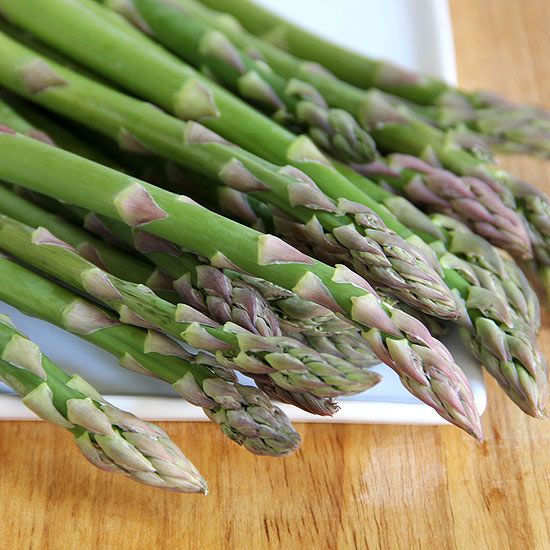 (It will naturally break where it starts to be less tender.) Break stalks in half or thirds to make pieces about 3 inches long.
(It will naturally break where it starts to be less tender.) Break stalks in half or thirds to make pieces about 3 inches long.Add olive oil to a pan over medium heat. When warm, add the asparagus. Toss to coat. Cover and cook for 6-8 minutes, or until the asparagus is tender when poked with a fork.
Let cool slightly and serve baby-led weaning style.
Or, transfer to a blender with chicken or vegetable stock and any of the optional add-ins, if using, and blend smooth to make a puree.
Vitamix Blender
Storage Containers
Reusable Pouch
- Store the puree in airtight containers in the fridge for up to 5 days. Or freeze in an ice cube tray overnight, transfer to a freezer bag, remove as much air as you can and freeze for up to 6 months. Thaw 1-2 cubes overnight in the fridge in a container or at room temperature for about an hour.
- Choose a bunch of asparagus with approximately the same thickness, if possible, so they cook for the same time.

- Remove the bottom inch or so from the stalks, as that is usually a less tender part of the plant.
- Cook until soft so it’s easy for baby to eat or to blend.
- Add a few basil, spinach, or parsley leaves to enhance the green color.
- Mix with Bean Puree, Apple Puree, Pea Puree, or Spinach Puree as desired.
- Use leftover puree as a pasta sauce. Add a little fresh lemon zest and juice, Parmesan cheese, and salt to round out the flavors.
Serving: 0.25cup, Calories: 32kcal, Carbohydrates: 1g, Protein: 1g, Fat: 4g, Saturated Fat: 1g, Polyunsaturated Fat: 1g, Monounsaturated Fat: 3g, Sodium: 1mg, Potassium: 8mg, Fiber: 1g, Sugar: 1g, Vitamin A: 30IU, Vitamin C: 1mg, Calcium: 1mg, Iron: 1mg
Tried this recipe?Rate in the comments and tag @yummytoddlerfood on IG!
Related Posts
Related Products
Happy Family Meals (Meal Plans)
Buy Now
Happy Family Meals (Vol 2)
Buy Now
Yummy Toddler Snacks
Buy Now
Yummy Baby Food
Buy Now
Share it with the world
FacebookTweetPinFiled Under
Asparagus + Potato Baby Food
Published on in Stage 2 Baby Food Purees and Mashes
As an Amazon associate, I earn from from qualifying purchases.
Please share!
207 shares
Asparagus is a great vegetable to introduce to your baby because it tastes great and has lots of health benefits! This easy to make asparagus + potato baby food puree is a stage 2 food perfect for your 6 month+ baby.
Jump to Recipe
When can babies eat asparagus?
Babies can eat asparagus as soon as they are eating solids, usually at 6 months or older. It can be pureed or cooked until very soft and given to your baby in small pieces if you are doing baby led weaning.
Asparagus contains a lot of fiber, so it’s possible that it can give your baby gas (my babies did not have this problem). If this is the case with your baby, or if they have issues with gas in general, wait until 10 months to introduce asparagus. A baby’s digestive system is more developed by then, so it won’t be as much of a problem.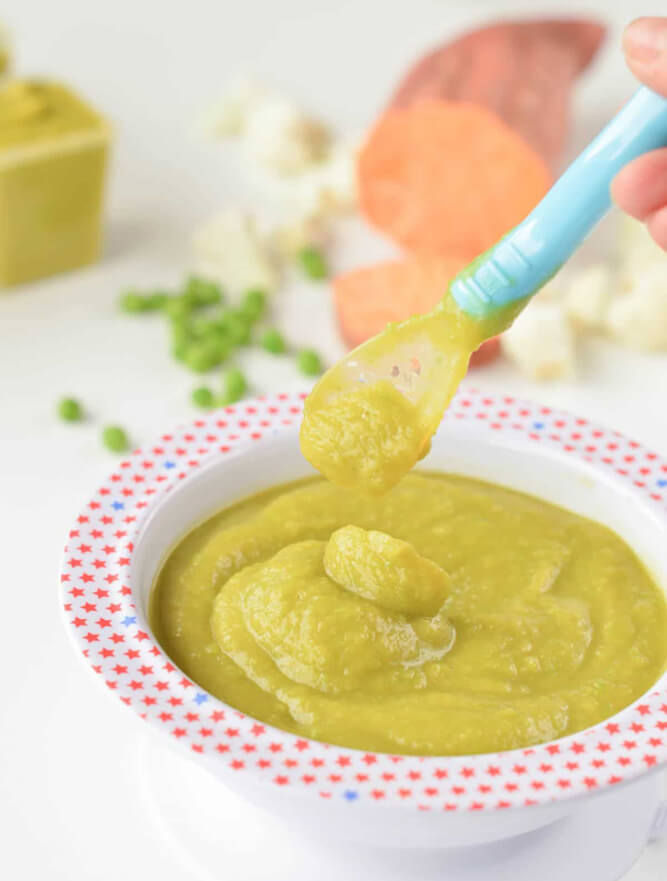
What health benefits does this puree provide for your baby?
Asparagus is high in fiber, antioxidants and vitamins A, C and K. Vitamin A is essential for maintaining good eyesight, vitamin C helps with the immune system, and vitamin K is important for bone health and healing wounds.
Potatoes are high in fiber, vitamin C, and potassium, which helps to regulate the fluid balance in your body.
How long will homemade baby food last?
Fresh, homemade baby food will last in the refrigerator for 3 days. Once the 3 days have passed, the remaining food should be disposed of for safety reasons.
If you make this or any other baby food recipes in bulk, it can be stored it the freezer for up to 3 months. Click here for more information, tips and tricks on storing homemade baby food.
By the way, these baby food freezer storage trays are PERFECT for freezing baby food. They come with snug fit lids that prevent spills and freezer burns, and they stack so easily.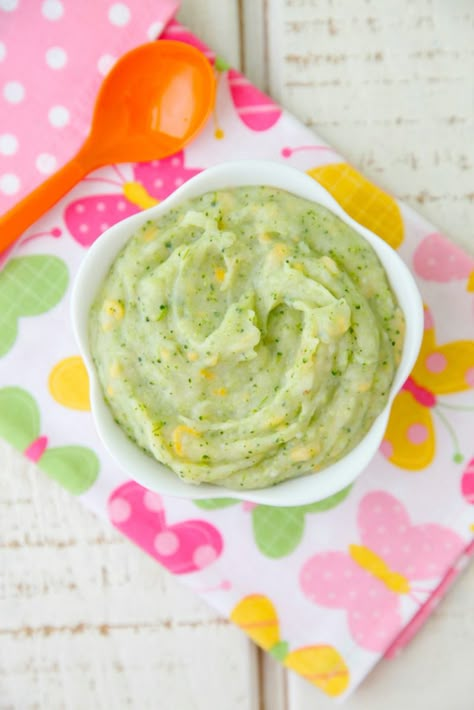
How do you make asparagus + potato baby food puree?
I was gifted a Baby Brezza Food Maker Deluxe and decided to use it to make this recipe. I was honestly impressed with this all-in-one machine. It steamed and pureed the food so well.
The two best things about it? There is no need to keep an eye on the food, as everything is automatic and timed, and the cleanup is SO easy!
If you don’t have a Baby Brezza Food Maker, no worries! You can still easily make this recipe.
Ingredients:
- 1 cup of potatoes (I used Russet but you can also use Yukon Gold)
- 1 cup of asparagus
- breast milk, baby formula or water (as needed)
Step 1: Wash, peel and cut the potatoes into 1 inch cubes. Then, wash and cut the asparagus into 1″ pieces as well.
Then, wash and cut the asparagus into 1″ pieces as well.
Step 2: Place the potatoes and asparagus into the Baby Brezza. Choose the “steam + blend” option for 20 minutes.
Step 3: And that’s it….seriously! If you want to thin out the puree, add a little liquid and puree again.
If you are not using a Baby Brezza Food Maker, simply steam the potato and asparagus for 15-20 minutes, or until they are soft. Then, place them in a food processor or blender with a little liquid, and puree until smooth.
Note: The Baby Brezza is extremely convenient and a huge time saver. It does a good job of pureeing, but doesn’t always give you a perfectly smooth puree.
This is not a bad thing! I am in favor of giving your baby different textures, because it will help with palate training your baby and avoiding picky eating in the future.
That being said, if you do want perfectly smooth purees, you’ll need a high powered blender.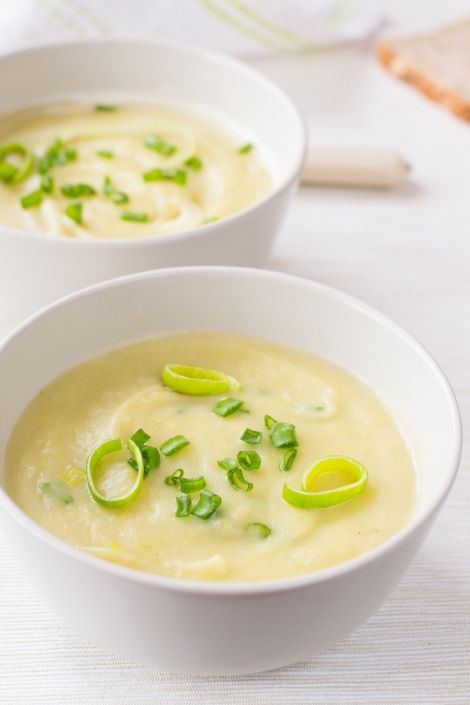
Seasoning baby food with herbs and spices from the beginning is so important! It introduces your baby’s palate to a variety of flavors and promotes adventurous eating in the future.
Try adding some dill, thyme or chives to this puree to change up the flavors!
Try these other stage 2 baby foods!
- Cranberry, Apple + Banana Baby Food
- Okinawan Sweet Potato Baby Food Puree
- Red Lentil + Carrot Baby Food Mash
- Cauliflower + Pea Baby Food Puree
- Red Pepper + Sweet Potato Baby Food Puree
You should always consult your pediatrician before giving your baby new foods.
Baby Brezza Food Maker
- 1 cup potatoes Russet or Yukon Gold
- 1 cup asparagus
- water, breast milk or baby formula as needed
Wash, peel and cut the potatoes into 1 inch cubes. Then, wash and cut the asparagus into 1″ pieces as well.
Place the potatoes and asparagus into the Baby Brezza.
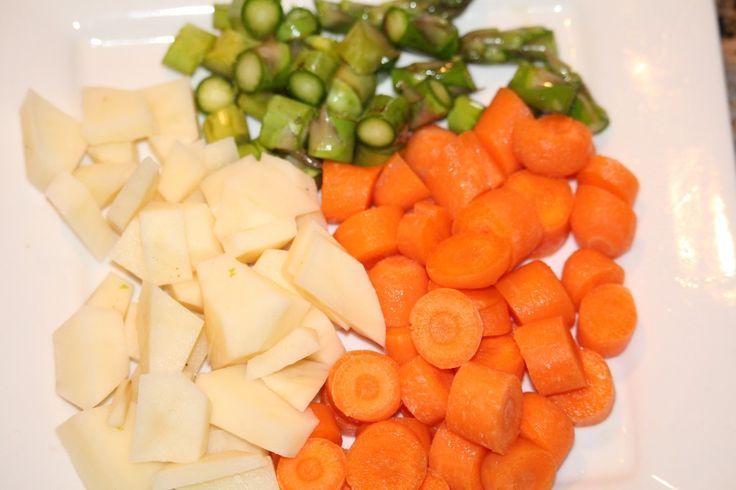 Choose the “steam + blend” option for 20 minutes.
Choose the “steam + blend” option for 20 minutes.And that’s it….seriously! If you want to thin out the puree, add a little liquid and puree again.
- If you are not using a Baby Brezza Food Maker, simply steam the potato and asparagus for 15-20 minutes, or until they are soft. Then, place them in a food processor or blender, and puree until smooth. Add extra liquid if necessary.
- Try adding some dill, thyme or chives to this puree to change up the flavors!
Tried this recipe? I’d love to see it!Mention @raising.veggie.lovers or use #raisingveggielovers!
As always, sharing is caring! Please click on the buttons below to share this post with your friends!
Please share!
207 shares
soup pures made of asparagus with shrimp, step-by-step recipe for 1173 kcal, photo, ingredients
Add recipe
Recipe
Advertising
Viderait on the topic
Recipe from Julia Vysotskaya 9000 in your own way. I don’t see anything wrong with this, good recipes only benefit from this. Chopped vegetables in small bowls look very good on the table
I don’t see anything wrong with this, good recipes only benefit from this. Chopped vegetables in small bowls look very good on the table
Yulia Vysotskaya
Recipe from Julia Vysotskaya
soup from avocado
Julia Vysotskaya
Advertising
Viderait on the topic
Recipe from Yulia Vysotskaya
Soup with pumpkin, sweet potatoes and sweet potatoes and sweet potatoes and sweet potatoes and sweet potatoes and sweet potatoes and sweet potatoes and sweet potatoes and sweet potatoes and sweet potatoes lentils
If sweet potatoes are not available, substitute regular potatoes or simply add more pumpkin. This soup is very good served with sour cream or curdled milk.
Julia Vysotskaya
Recipe from Yulia Vysotskaya
Cold beetroot puree soup
Yoghurt can be replaced with sour cream.
Julia Vysotskaya
Advertising
Constance
Preparation
25 minutes
Recipe for:
3 Persons
9000 9000 9000 asparagus is an easy and quick dish that is suitable for lunch, dinner and even breakfast (I know what I'm talking about!). This gentle, healthy, hearty creamy soup will help diversify your daily menu. Ready!% DV
6%
6%
1%
Based on your
age, weight and activity. It is a reference information.
Login or register and we will be able to display your daily intake of proteins, fats and carbohydrates
Login / register0003
| GDs | 2 CAMPLES |
| LUK LALTY | 1 SP.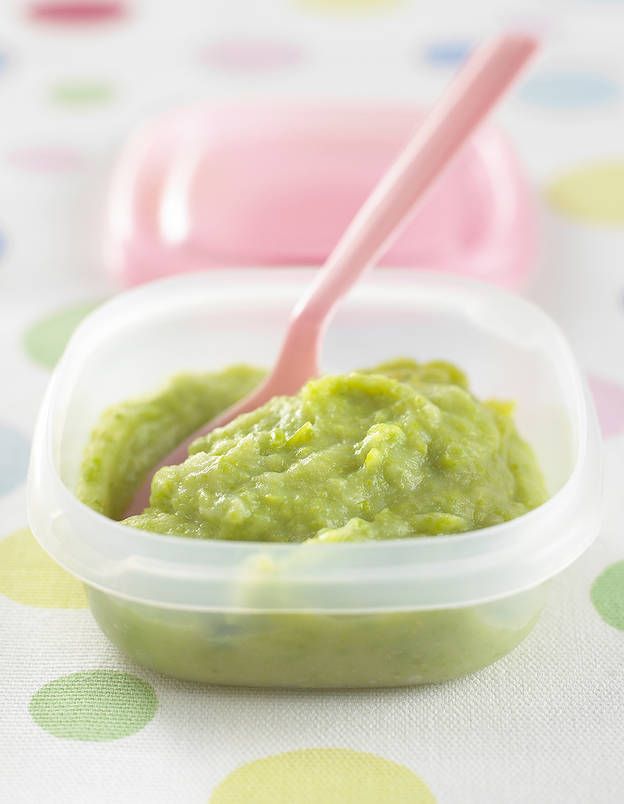 |
| full fat cream | 200 ml |
| butter | 1 tbsp. l. |
Add a photo
Step by step recipe with photo
Cut small onion and garlic clove into small pieces.
In a heavy-bottomed saucepan, melt one tablespoon each of butter and olive oil.
Fry chopped onion and garlic until translucent.
We take frozen asparagus TM Planet of Vitamins. Fast shock freezing allows you to save all the useful properties of the product.
Asparagus does not need to be completely thawed, let it thaw a little and cut into pieces. Set aside a handful of the tops of the asparagus shoots.
Add chopped asparagus to the pot.
Fry lightly.
Pour in boiling water until the liquid just covers the asparagus. Cook for about 7-8 minutes at a low boil until the asparagus is cooked.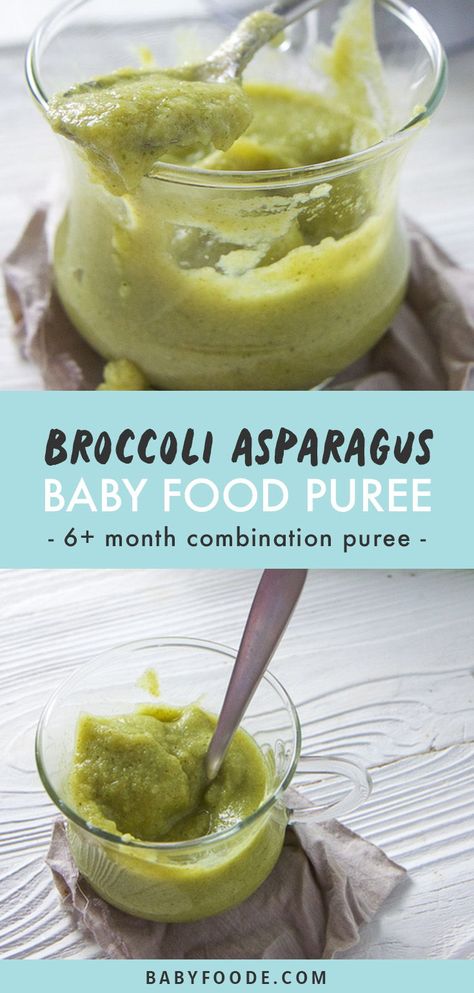
Remove the pot from the heat and puree the asparagus with an immersion blender. Add heavy cream in portions (I used 200 ml of cream for a bag of frozen asparagus), salt and pepper to taste.
Defrost large frozen shrimp, remove the shell, remove the black spinal cord.
Heat a spoonful of olive oil in a frying pan, add a clove of garlic and lightly fry it to flavor the oil. Then add the shrimp and the remaining handful of asparagus, fry until the asparagus is done. Salt.
Serve soup in deep bowls, top with fried shrimp and asparagus. Sprinkle with parsley.
Asparagus shrimp soup is ready.
Bon appetit!
Help yourself!
share photo
agree?
Votes for the recipe of the day (5)
Tags of the recipe
Cook, extinguish the maintenance cuisine-haired vegetables vitaminovsup-pureeps with shrimp
advertisements
9000
Recipes of the day
Recipes of the month
Quick recipes
Proper nutrition (pp-recipes)
Mulled wine time
Recipes for juicy cutlets
Simple delicious desserts
How to cook potatoes
Ingredients
Add to search
and or
Exclude ingredient
Users
Display
Asparagus cream soup (ТТК63) 9001
Technical and technological cards
Reading 2 min Views 531 Posted
Content:
- Technical and Technological map of cream-SUP from asparagus
- Scope
- Requirements for raw materials
- Recipe
- Technological process, Requirements for the design, implementation and storage of
- Organes
- indicators
- Normalized physical and chemical indicators:
- Microbiological indicators (SanPiN 2.
 3.2.1078-01, index 1.9.15.8.)
3.2.1078-01, index 1.9.15.8.) - Nutritional and energy value
Application area
availability).
Requirements for raw materials
Food raw materials, food products and semi-finished products used to prepare this dish (product) must comply with the requirements of current regulatory and technical documents, have accompanying documents confirming their safety and quality (certificate of conformity, sanitary epidemiological conclusion, certificate of safety and quality, etc.).
Formula
| No. | Name of raw materials and semi-finished products | Consumption of raw materials and p/f for 1 portion, g | |
| Gross, g | Net, g | ||
| 1 | Asparagus | 156 | 114 |
| 2 | Cow's milk cream 35% fat | 57 | 57 |
| 3 | Vegetable broth p/f | 170 | 170 |
| 4 | Food salt | 2 | 2 |
Semi-finished product yield, g: 343
Finished product yield, g: 300
Technological process, requirements for execution, sale and storage 903
Preparation of raw materials is carried out in accordance with the recommendations of the Collection of technological standards for public catering establishments and technological recommendations for imported raw materials.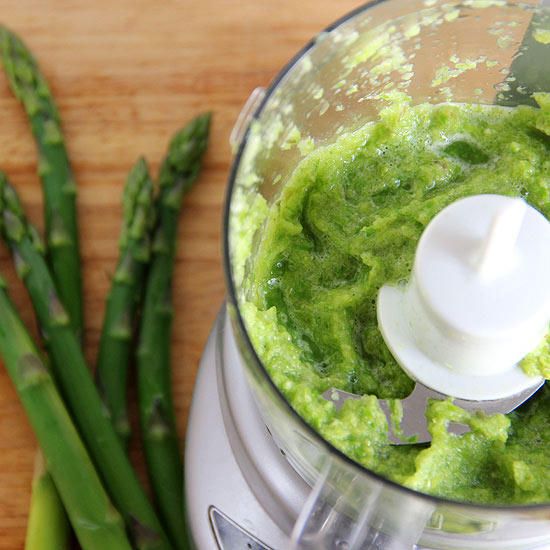
Put the asparagus into vegetable broth, cook until done. Add cream, punch with a blender, rub through a sieve, warm, when serving, decorate with the tops of asparagus shoots.
Permissible shelf life of a dish (product) is set in accordance with SanPiN 2.3.2.1324-03.
Quality and safety indicators
Organoleptic indicators
| Appearance | Color | Consistency | Taste and smell |
| Asparagus Cream Soup | |||
| The components in the composition are evenly distributed, there are no lumps, the color is even. | Uniform, characteristic of the components included in the composition. | Slightly viscous, runny, non-stretchy, non-sticky. | Pleasant with the aroma of components in the composition of the soup, the taste is moderately spicy, salty. Without foreign impurities and discrediting signs. Without foreign impurities and discrediting signs. |
Normalized physical and chemical parameters:
| Dry matter | Fat | Sahara | Table salt | ||
| Min. | Max. | Min. | Max. | ||
| Cream of asparagus soup (whole dish) | |||||
| 9.05 | 10.64 | 5.32 | 6.65 | – | – |
To determine the minimum fat content, the Gerber method was used
Microbiological indicators (SanPiN 2.3.2.1078-01, index 1.92
Nutritional and energy value
| Proteins, g | Fat, g | Carbohydrates, g | Calories, kcal |
| 1 serving (300 grams) contains | |||
3.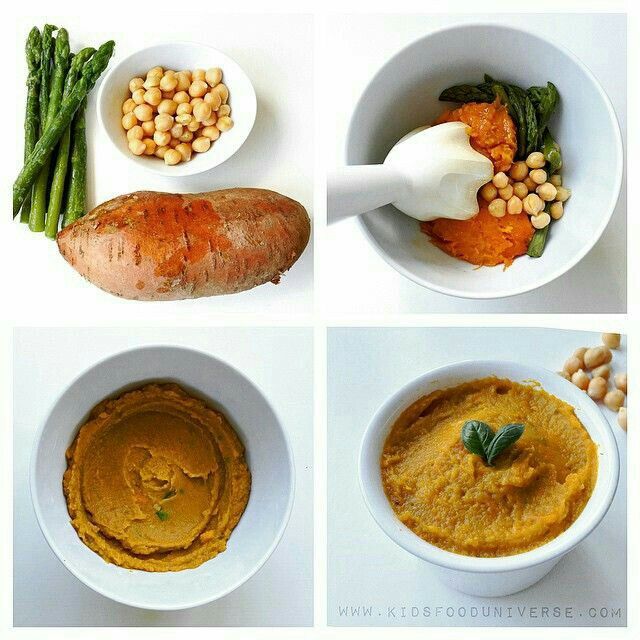 | |||



